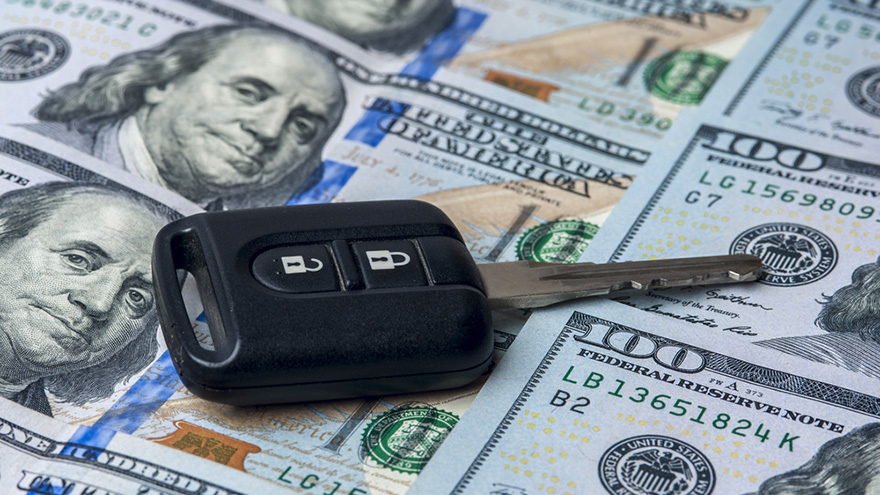Auto defaults climb for fourth straight month

By subscribing, you agree to receive communications from Auto Remarketing and our partners in accordance with our Privacy Policy. We may share your information with select partners and sponsors who may contact you about their products and services. You may unsubscribe at any time.
NEW YORK –
As contract extensions and other accommodations by finance companies continue to expire, auto defaults continue to rise.
According to data through October released by S&P Dow Jones Indices and Experian, auto defaults now have climbed for four consecutive months after bottoming out a record low in June at 0.40%.
Analysts pegged the October reading at 0.59%. Back in January before the pandemic arrived, they said auto defaults stood at 0.99%.
And looking back 10 years ago as auto financing still was rebounding from the Great Recession, S&P Dow Jones Indices and Experian had auto defaults at 2.04%.
Meanwhile, the other parts of the newest S&P/Experian Consumer Credit Default Indices continue to decline.
The composite rate, which represents a comprehensive measure of changes in consumer credit defaults dropped 10 basis points to 0.53%.
Subscribe to Auto Remarketing to stay informed and stay ahead.
By subscribing, you agree to receive communications from Auto Remarketing and our partners in accordance with our Privacy Policy. We may share your information with select partners and sponsors who may contact you about their products and services. You may unsubscribe at any time.
Analysts said the bank card default rate fell 20 basis points to 2.80%, and the first mortgage default rate decreased 11 basis points to 0.35%.
Looking at the default data with the five largest metropolitan areas, S&P and Experian discovered they all dropped in October compared to the previous month.
Analysts found that Miami posted the largest decrease, sinking 67 basis points to 1.13%.
New York dropped 30 basis points lower to 0.58%, while Los Angeles declined 18 basis points to 0.53%.
Analysts added the rate for Chicago dipped 7 basis points to 0.58% as Dallas edged 1 basis point lower to 0.61%.
Jointly developed by S&P Indices and Experian, analysts noted the S&P/Experian Consumer Credit Default Indices are published monthly with the intent to accurately track the default experience of consumer balances in four key loan categories: auto, bankcard, first mortgage lien and second mortgage lien.
The indices are calculated based on data extracted from Experian’s consumer credit database. This database is populated with individual consumer loan and payment data submitted by lenders to Experian every month.
Experian’s base of data contributors includes leading banks and mortgage companies and covers approximately $11 trillion in outstanding loans sourced from 11,500 lenders.


